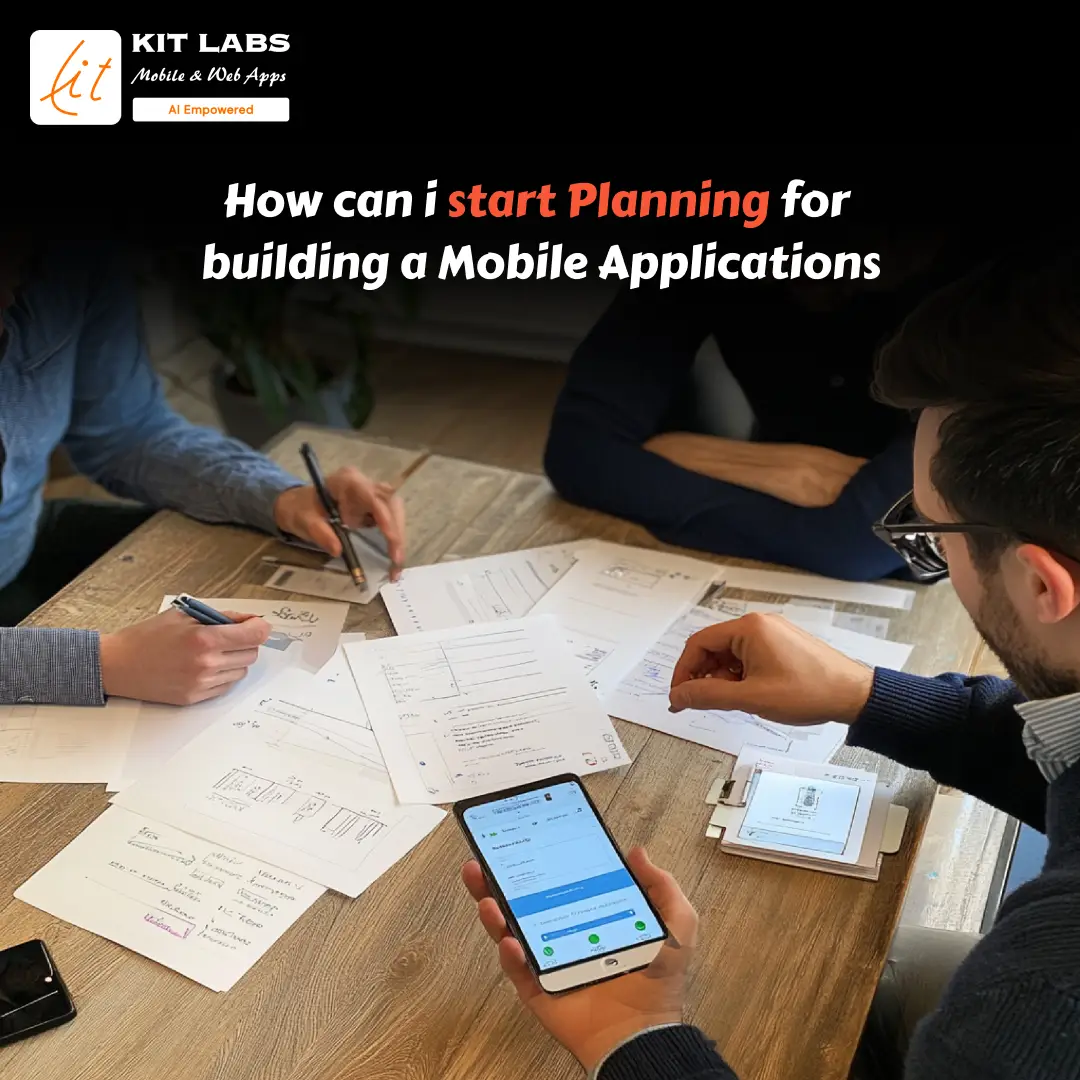
How Can I Start Planning For Building a Mobile Application
In the fast-paced digital era we live in, mobile applications have become an integral part of our daily lives. Whether it’s for business, entertainment, or productivity, mobile apps have revolutionized the way we interact with technology. If you’re considering building your own mobile app, you’re on the right track to tap into this dynamic market. To help you get started, here’s a comprehensive guide on how to plan for building a mobile app.
Define Your Purpose and Goals
Before diving into the technical aspects, clearly define the purpose of your mobile app. What problem does it solve? Who is your target audience? What goals do you aim to achieve with the app? Having a clear understanding of your app’s purpose and goals will guide the entire development process.
Research Your Target Audience
Understanding your target audience is crucial for creating an app that resonates with users. Conduct market research to identify the needs, preferences, and pain points of your potential users. This information will help shape your app’s features and user interface to provide a seamless and enjoyable experience.
Choose the Right Platform
Decide whether you want to build a native app (specific to one platform like iOS or Android) or a cross-platform app that works on multiple platforms. Each approach has its pros and cons, so consider factors such as development cost, time, and the user experience you want to deliver.
Create a Feature List
Based on your research and goals, create a list of features that your app will include. Prioritize these features to focus on the core functionality initially and plan for future updates with additional features. This will help you maintain a clear development roadmap.
Sketch Your App
Visualize your app by creating rough sketches or wireframes. This step helps you map out the user interface and user experience. Consider the flow of navigation and how users will interact with different features. Tools like Sketch, Figma, or even pen and paper can be helpful at this stage.
Choose the Right Development Approach
Decide whether you want to develop the app in-house, hire a development team, or use a no-code/low-code platform. Each approach has its own set of advantages and challenges, so choose the one that aligns with your budget, timeline, and technical expertise.
Create a Budget
Building a mobile app involves costs for development, design, testing, and marketing. Create a detailed budget that outlines these expenses. Factor in potential unforeseen costs and leave room for adjustments as the project progresses.
Develop a Timeline
Set realistic timelines for each phase of development, from design and coding to testing and launch. Having a timeline will help you stay on track and manage expectations, ensuring that your app is developed and launched in a timely manner.
Test, Test, Test
Thoroughly test your app to identify and fix any bugs or usability issues. Testing should cover different devices, operating systems, and user scenarios. Consider gathering feedback from a group of beta testers to make improvements before the official launch.
Prepare for Launch
Create a marketing plan to generate buzz around your app before launch. Utilize social media, email marketing, and other channels to reach your target audience. Consider offering promotions or exclusive access to early adopters.
Building a mobile app can be an exciting and rewarding endeavor, but proper planning is key to success. By following these steps and staying focused on your goals, you’ll be well on your way to creating a mobile app that stands out in the competitive app market.
Good luck!






